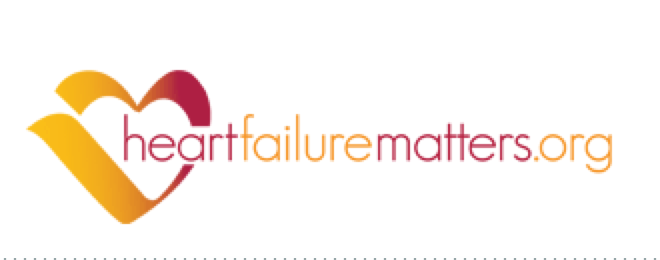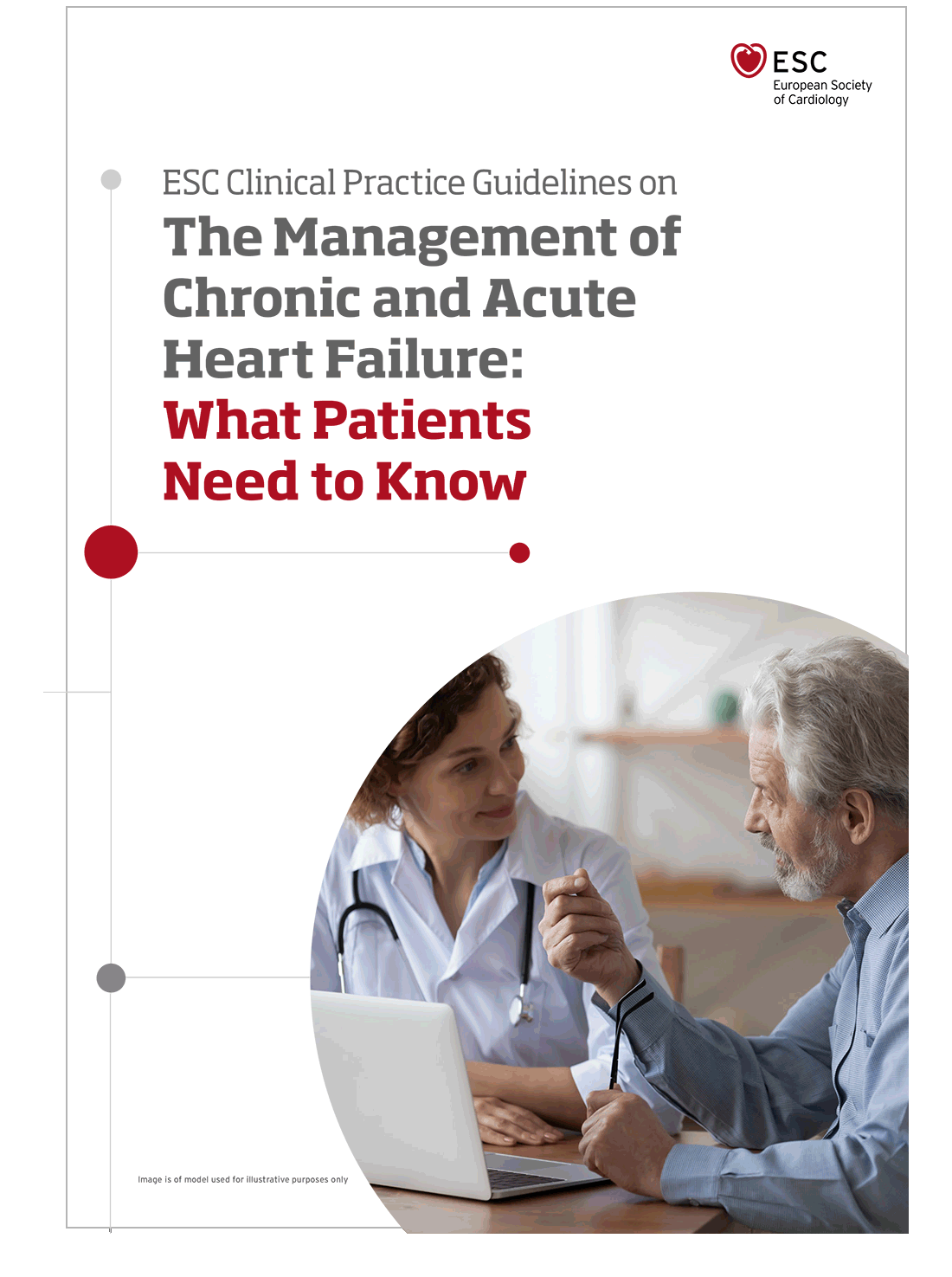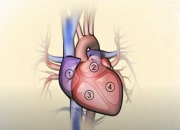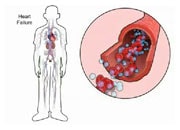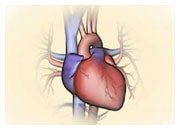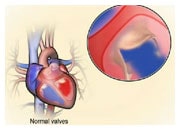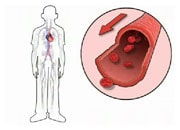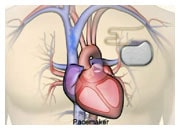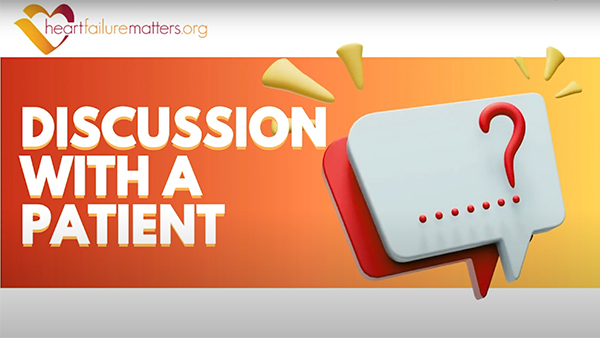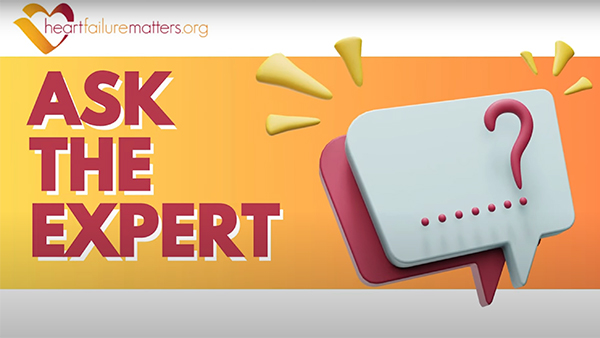Anticoagulants and new oral anticoagulants
What they do
Anticoagulants (also known as antithrombotics) inhibit the formation or growth of blood clots. They are important because people with heart failure may produce blood clots in the heart or in the blood vessels returning blood to the heart. For patients with atrial fibrillation, which is an irregular heart rhythm especially common in patients with heart failure, anticoagulants are of vital importance since they protect against blood clots forming in the left atrium that could dislodge and lead to a stroke.
Although anticoagulants are often referred to as blood thinners, they don’t actually allow your blood to flow more freely through your vessels. Think of them as preventing sluggish blood from forming blood clots where it shouldn’t.
Warfarin is the most common anticoagulant and is taken as a tablet. The dose of warfarin varies between people. Your doctor or nurse will measure your INR (International Normalised Ratio) regularly, especially during the beginning of your treatment, and then routinely to determine the correct dose for you. It’s important that you don’t miss any tablets or take extra doses. If you do, you need to inform your doctor or nurse.
Sometimes you may be given an anticoagulant subcutaneous injection just under the skin (usually a type of heparin) instead of warfarin. This is often done in hospital during periods of immobilisation, for example, during a hospitalisation prior to a medical procedure, or if you can’t take tablets.
In recent years, a new generation of anticoagulants has been developed, known as “new oral anticoagulants” or NOACs. These drugs are now frequently used for protecting against strokes in patients with atrial fibrillation. NOACs are at least as effective as warfarin and may be easier to use as blood tests (INR) don’t need to be routinely taken to measure the blood’s tendency to form a clot.
Side effects
Anticoagulants can increase the body’s tendency to bleed, usually shown as bruises or minor bleeding. However, although the risk is low, there is also an increased risk of a major haemorrhage (severe bleeding), for example in connection with a stomach ulcer.
The effect of warfarin will last for several days after the tablets are stopped although your doctor can administer a treatment that will quickly reduce the bleeding tendency. By contrast, the effect of a NOAC is short-lasting, hours rather than days, so that any bleeding tendency may be easier to manage.
Top tips
It’s essential that you work closely with your doctor or nurse when treatment is started to determine the dose of warfarin or a NOAC that is right for you while it maintains a stable degree of anticoagulation.
You should tell all your doctors, including your primary care physician (GP), your dentist and community pharmacist if you are being treated with warfarin or a NOAC. It’s useful to carry a medical alert card or bracelet with you to indicate that you are being treated with warfarin or a NOAC in case of emergencies.
Because of the risk of haemorrhage, it’s important that you notify your doctor immediately if you notice any signs of abnormal bleeding, including unexplained bruising or bleeding from the gums, nose, urinary tract or bowel. It’s very important to report exactly when you took your last dose of an anticoagulant such as warfarin or a NOAC.
Also known as:
- Oral Anticoagulants
- Warfarin
(Coumadin®, Jantoven®, Marevan®, Waran®) - Acenocoumarol/nicoumalone
(Sinthrome®) - Phenindione
- NOACs
- Dabigatran
Pradaxa® - Rivaroxaban
Xarelto® - Apixaban
Eliquis® - Edoxaban
- Phenprocoumon (Marcumar®)
Anticoagulants by injection
Dalteparin sodium
(Fragmin®)
Enoxaparin sodium
(Clexane®) (Klexane®)
Tinzaparin sodium
(Innohep®)
Fondaparinux
(Arixtra®)
Heparin
